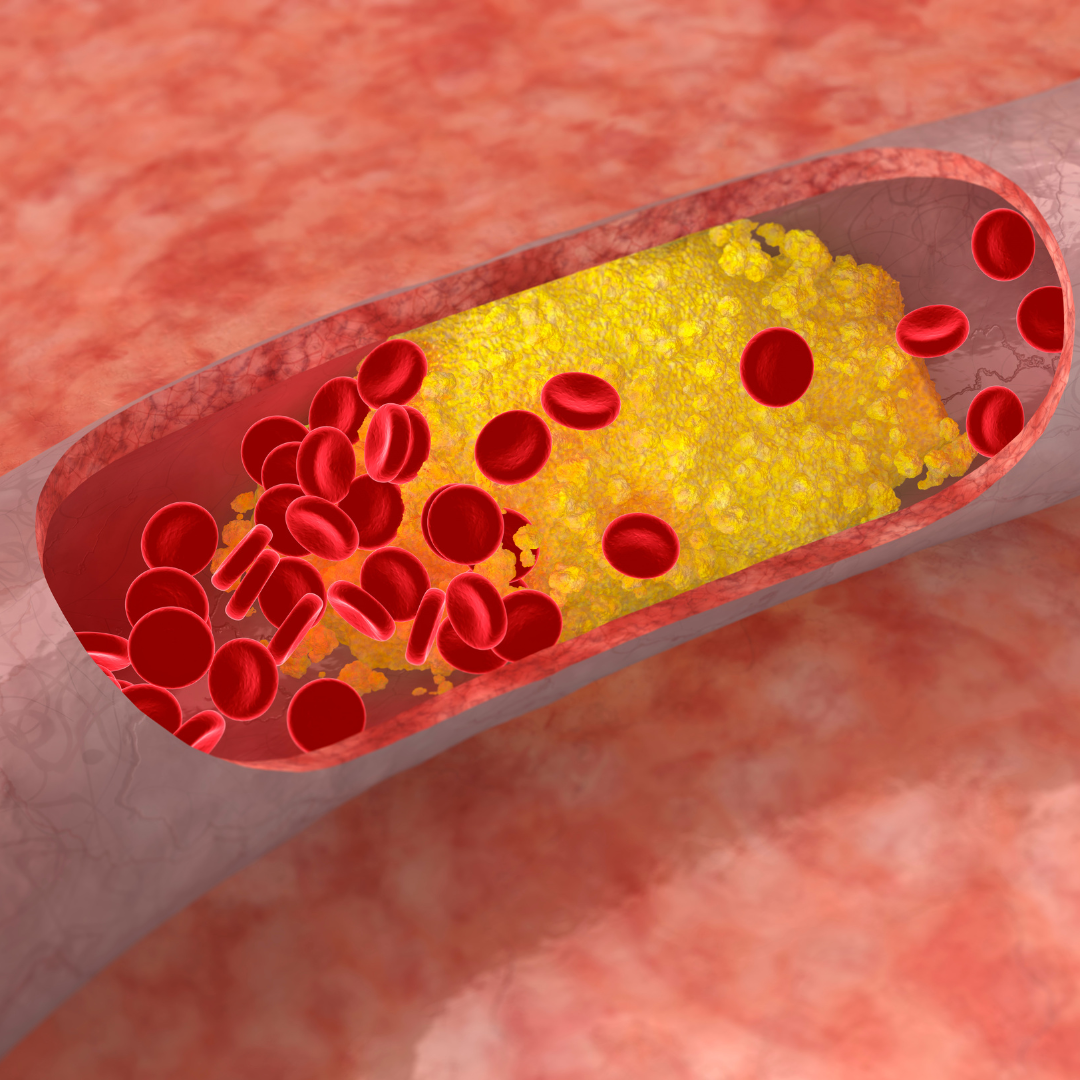
What’s the Fuss About Fermented Foods?
People have been fermenting foods for thousands of years. It’s a process that involves bugs (like bacteria and yeasts) growing on food in a controlled environment, resulting in changes to taste, texture, nutrients, and smell. A well-known example of this is yogurt. In a safe environment, the bacteria in milk grows and multiplies, changing the consistency of milk to that of thick yogurt.
How can they help my health?
Fermented foods have a variety of different health benefits. Firstly, fermented foods act in the same way as probiotics, as the fermentation process creates microbes which are good for your gut. These bacteria make their way to the gut and ‘set up camp’.
People who regularly consume fermented foods are found to have different and more diverse microbiome compositions to those who don’t. A diverse microbiome is a sign of a healthy gut.

Some fermented foods, such as kimchi and sauerkraut, are also high in fibre. This fibre helps to feed gut bacteria and keep them alive and healthy. If gut bugs are happy, they help to effectively break down food and produce metabolites that help our immune system, mental health and more.
The fermentation process also makes food easier to digest. This is because, during fermentation, bacteria feed on some of the natural carbohydrates and start the process of breaking them down. This is why people with lactose intolerance may have less negative digestive side effects with cheese than milk. Fermenting food also removes ‘anti-nutrients’ as bacteria helps to break them down. Anti-nutrients are natural or synthetic compounds that interfere with the body’s absorption of nutrients.
What's in fermented foods?
You may have heard of trendy fermented foods like kimchi, kombucha and kefir, though they can seem peculiar and overwhelming. So, let’s break down exactly what’s in each food.
- Kimchi is fermented spicy vegetables
- Kefir is a grain fermented in milk and yogurt
- Sauerkraut is fermented cabbage
- Kombucha is fermented tea
- Miso comes from fermented soybeans
How can I include them in my diet?
Kefir with granola is a great breakfast option to get a fix of fermented foods. Kimchi adds a great boost of fibre; it also adds a crunchy texture and slightly spicy kick. If you’re less keen on spice, sauerkraut is a great alternative as it still packs all the same health benefits. Making a homemade ramen using miso paste is another tasty option to diversify your diet and gain the benefits of fermentation. Experimenting with these foods is a great way to refresh your diet and incorporate more nutrients into your meals.

This blog post was written by Alice Morgan, who is currently a third year Nutrition student at Oxford Brookes University, with an interest in all things gut health. Find Alice on LinkedIn at alicemorgan99.
References
www.harleystathome.com | Instagram @harleystreetathomemenopause
Facebook: Search Harley Street at Home: Diagnosis, Symptoms & Treatments or Harley St at Home: Lifestyle, Self-Care and Lifestyle to join our private community



